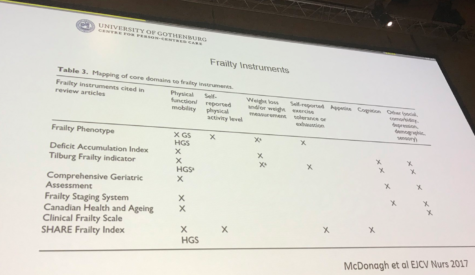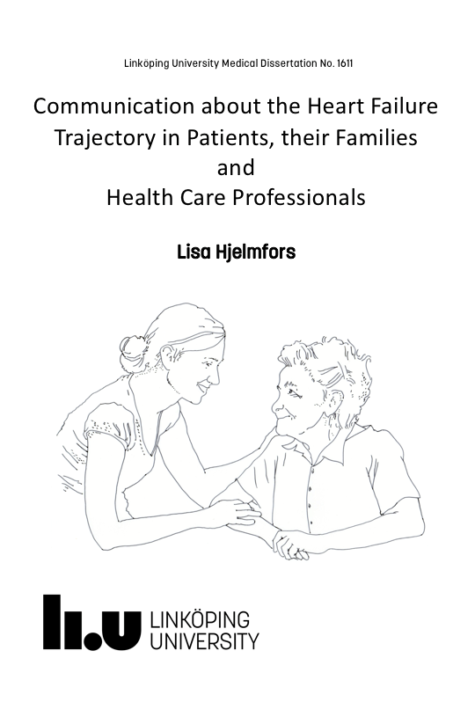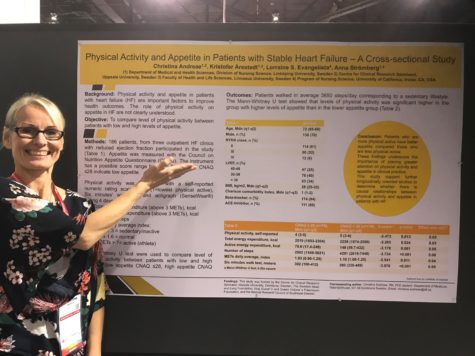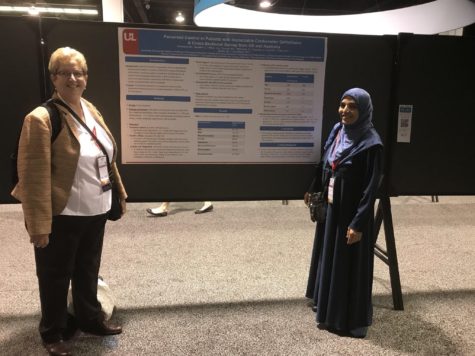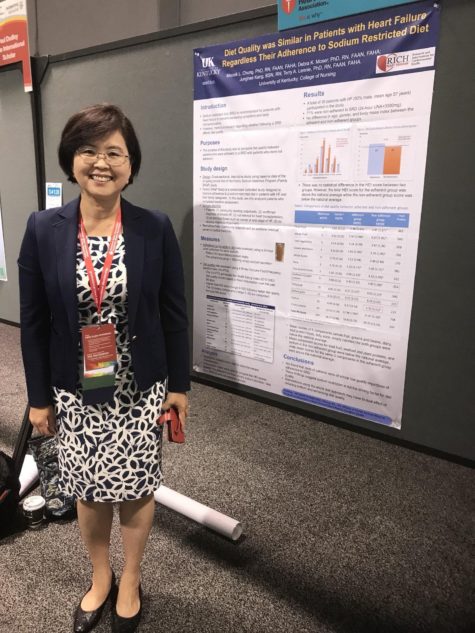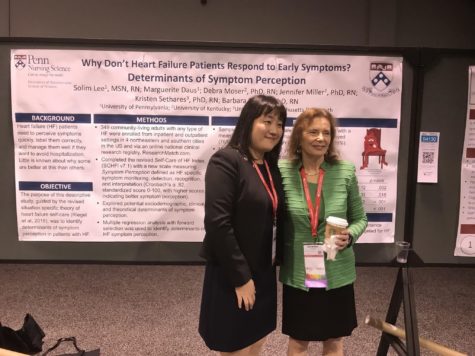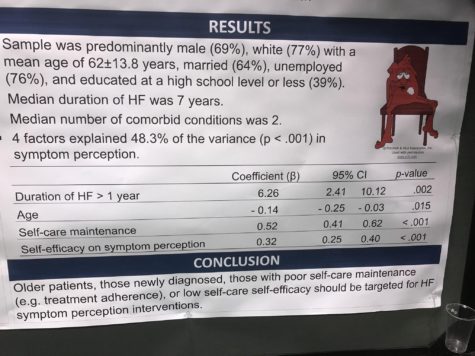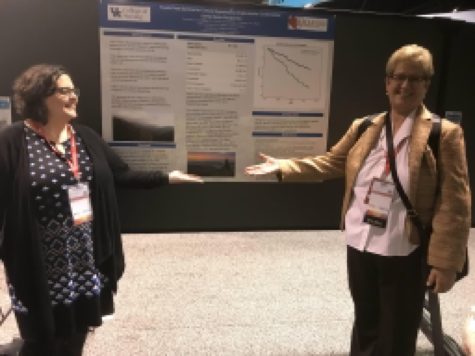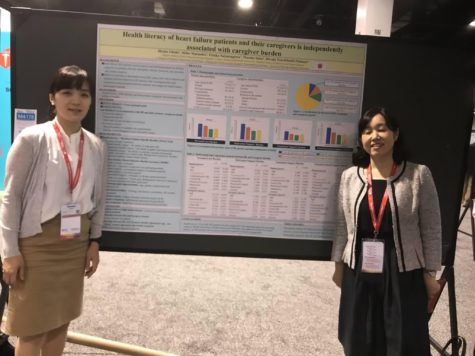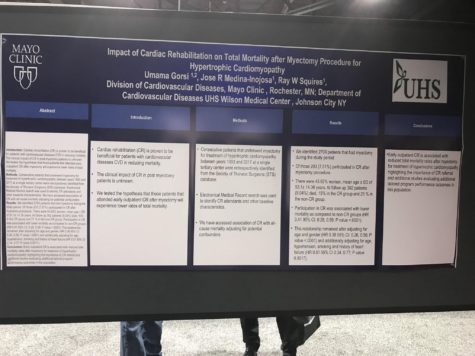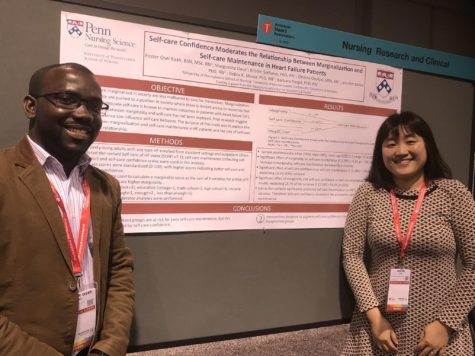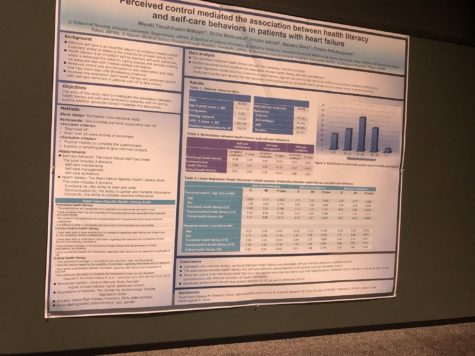How the Immune System Favors Females in Pulmonary Artery Hypertension? Another Regulatory T Cell Story.
While it is commonly thought that cardiovascular disease is a man’s disease, CVD is the number one killer of women with the same number of deaths per year as cancer, diabetes and respiratory disease combined (according to 2015 statistical data from AHA). In addition, women exhibit different and more silent symptoms of heart attacks. There is a lot of interest in the difference between how males and females respond to CVD. A lot of emphasis is put on hormonal differences, but the immune system also seems to play an important role in this disparity. Females have a more robust immune system and therefore respond faster to infections providing more protection than in males. However, a more responsive immune system also means a more reactive immune system that can result in increased incidence of autoimmune diseases, such as rheumatoid arthritis and lupus.
Part of the difference in the immune system response in females can be attributed to the fact that multiple immune-related genes are expressed on the X chromosome. Since females have two alleles of the X chromosomes and males have only one, it is evident that females express more genes that regulate immune system functions. One of these genes is Foxp3, the key transcription factor for regulatory T cells, an adaptive immune cell which I have discussed before in a previous post. Regulatory T cells play an important protective role in CVD, especially in atherosclerosis and hypertension.
Pulmonary artery hypertension (PAH) is a fatal cardio-pulmonary disorder where the pulmonary arterioles narrow leading to a right ventricular fibrosis, heart failure and death. Regulatory T cells play an important role in this disease as animal models that lack regulatory T cells are more susceptible to PAH. Adding regulatory T cells back prevents the development of PAH showing the protective power of these cells. A recent study published in the journal Circulation Research, shows that in the absence of regulatory T cells, females rats are more prone to PAH than male animals due to a lower levels of PGI2, a pulmonary vasodilator, and the lack of the enzyme COX-2 that regulated PGI2. The researchers conducting the study show that by transferring regulatory T cells into these rats, these immune cells were sufficient to restore the levels of COX-2 and PGI2, as well as other immune inhibitory molecules PDL1 and IL-10. The authors suggest that regulatory T cells have both a direct and indirect effects on the arteries. The direct effects are exerted on the endothelial cells directly via COX-2 and PGI2, and the indirect effect is through the release of inhibitory molecules such as IL-10 and TGF, both of which would result in immune suppression and preventing inflammation. The results from this report suggested that females are more reliant on regulatory T cells for protection against PAH.
These new findings highlight the subtlety of immune regulation between females and males and further proves that in addition to hormonal differences, immune regulation disparities between genders that can alter the outcome of cardiovascular diseases. By understanding more about gender differences in CVD and the immune system, and figuring out ways to manipulate these subtle differences, scientists hope to achieve a more personalized and effective therapies to women versus men to combat CVD.

Dalia Gaddis is a postdoctoral fellow at the La Jolla Institute for Allergy and Immunology. She has a Ph.D. in microbiology and immunology. She is currently working on understanding the interactions between the immune system and atherosclerosis development

